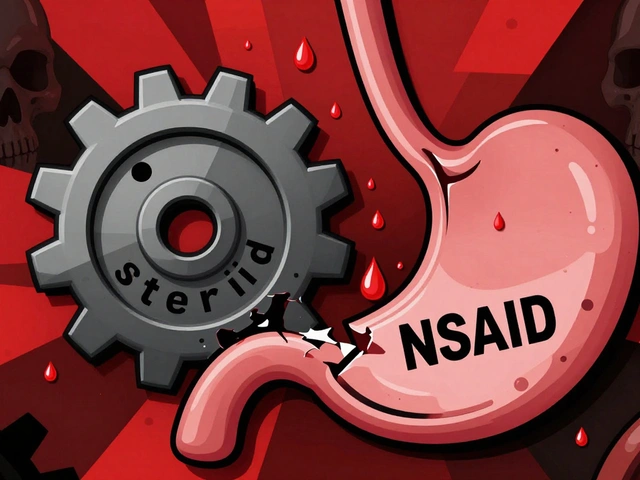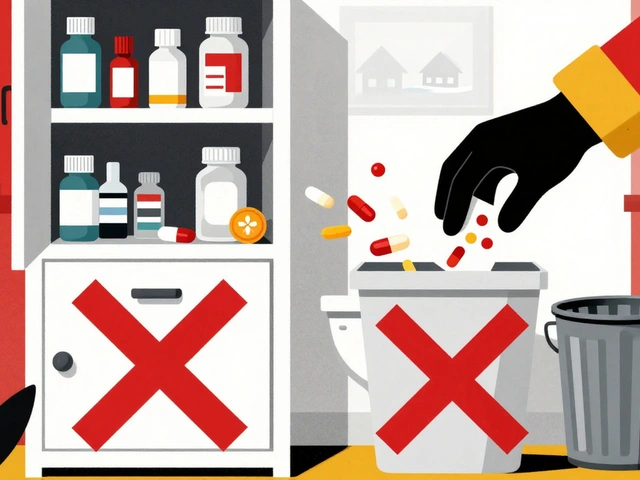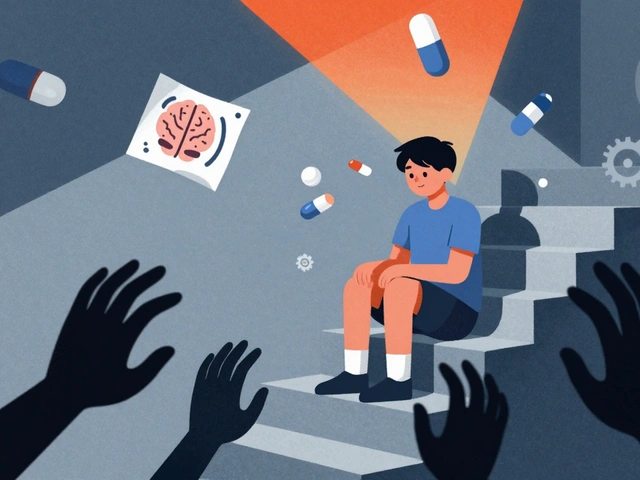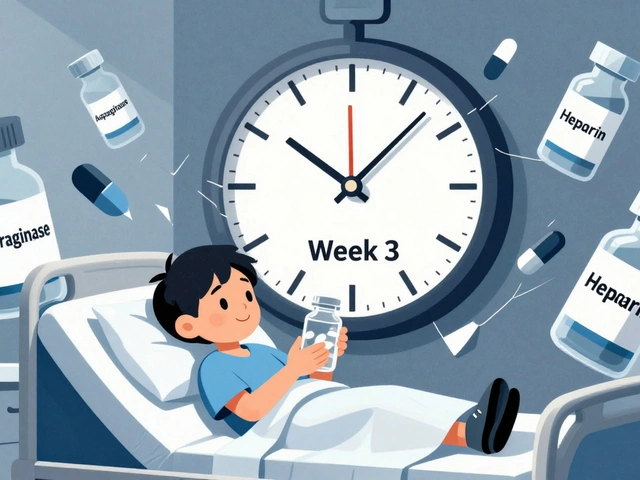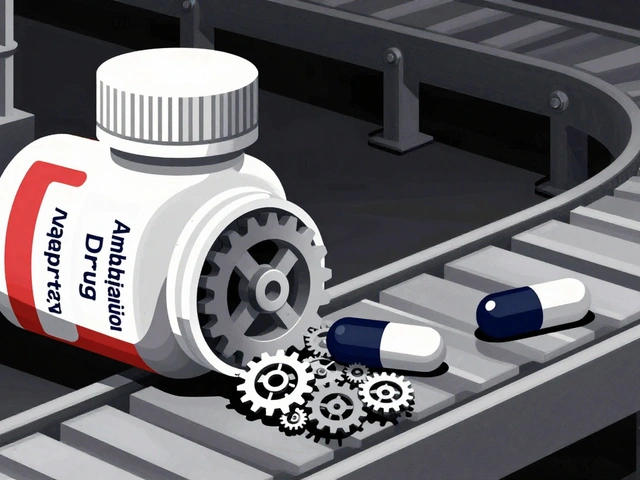Drug Side Effects: What You Need to Know About Common and Serious Reactions
When you take a drug side effect, an unintended and often harmful reaction to a medication that occurs at normal doses. Also known as adverse drug reaction, it’s not a mistake—it’s biology. Your body reacts to chemicals in ways doctors can predict, but rarely with perfect accuracy. Some side effects are mild, like a dry mouth or drowsiness. Others, like bleeding, heart rhythm changes, or liver damage, can be life-threatening. And the same drug might cause zero issues for one person and a hospital visit for another. Why? Because genetics, age, other meds, and even your gut bacteria play a role.
Take warfarin, a blood thinner whose dosing depends heavily on genetic variants in CYP2C9 and VKORC1 genes. Coumadin can be deadly if the dose is off by just a fraction, and testing for these genes cuts bleeding risk by over 30%. Or consider citalopram, an antidepressant that can stretch the QT interval in your heart, raising the risk of sudden arrhythmia. The FDA set strict dose limits because too much can kill. Even common drugs like metformin can trigger lactic acidosis if taken with contrast dye—something many patients don’t know until it’s too late.
Side effects aren’t random. They cluster. Antibiotics like cefaclor, a cephalosporin linked to mood changes through gut-brain signaling, can cause depression. Antiseizure meds like carbamazepine, known to trigger hair loss in susceptible people, affect more than just neurons. Even fertility drugs like hydroxyurea, used for sickle cell and leukemia, can lower sperm count and affect ovarian reserve. These aren’t rare oddities—they’re documented, measurable, and preventable with the right knowledge.
You don’t need to fear medication. But you do need to understand that every pill has a shadow side. The real danger isn’t the drug—it’s the silence around its risks. That’s why the posts below dive into the specifics: how warfarin genetics change dosing, why citalopram has a hard cap, how metformin and contrast dye interact, and which antibiotics might be messing with your mood. These aren’t theoretical concerns. They’re real, documented, and often avoidable with simple steps. What you’ll find here isn’t a list of scary stories—it’s a practical map to navigate the hidden risks of everyday drugs.
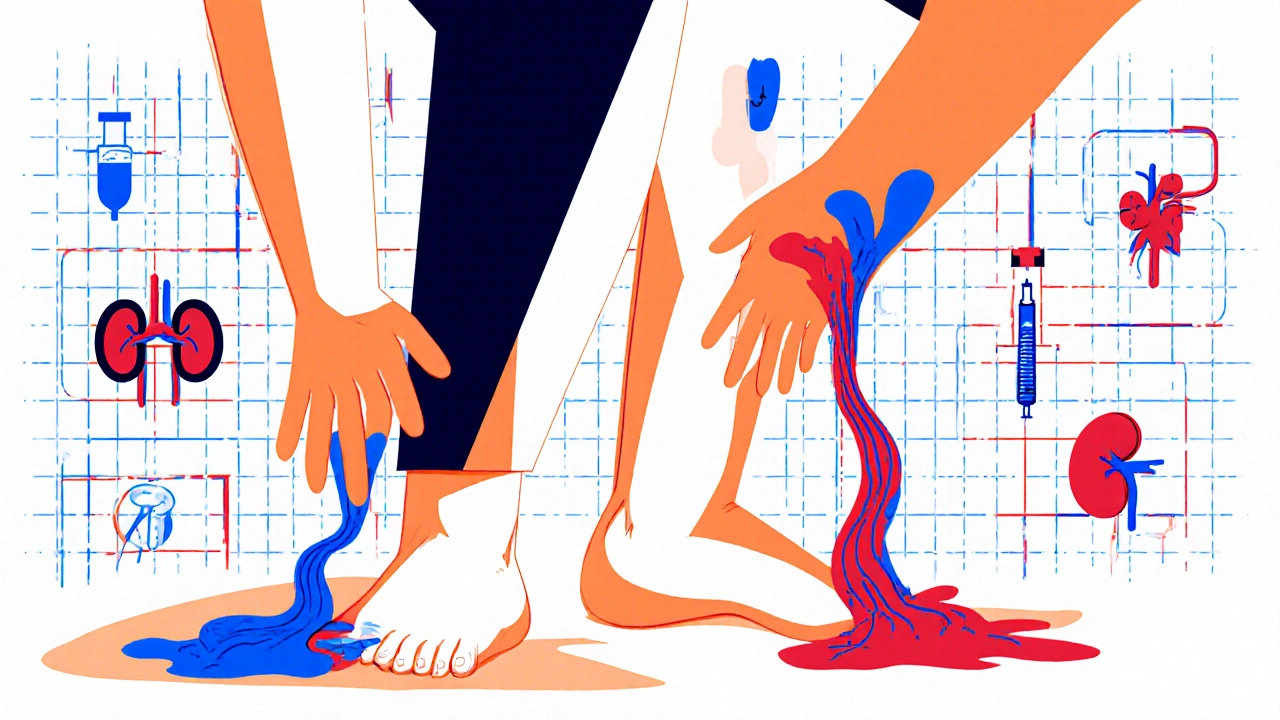
Hand and Foot Swelling from Medications: When to Contact Your Doctor
Hand and foot swelling from medications is common but often ignored. Learn the signs it's serious, which drugs cause it, when to call your doctor, and what to do next.
read more
